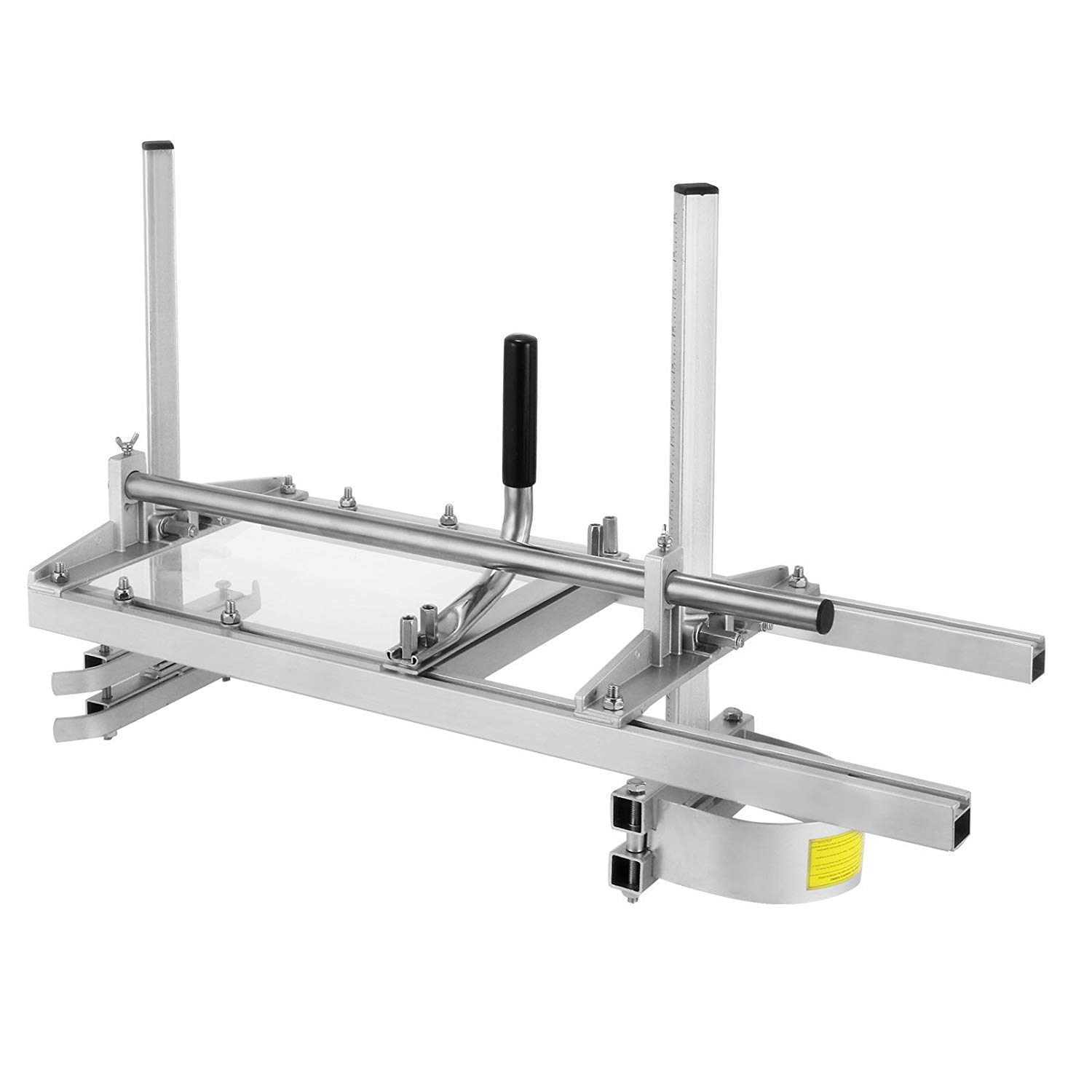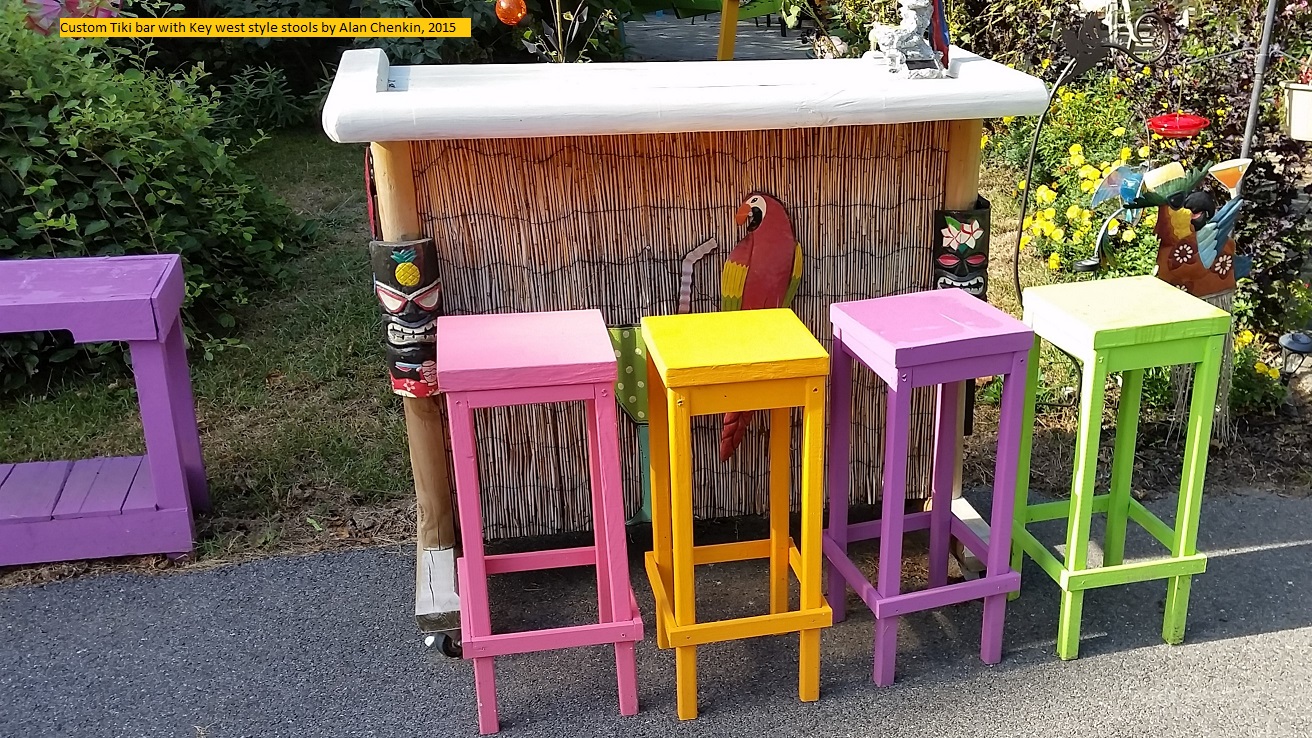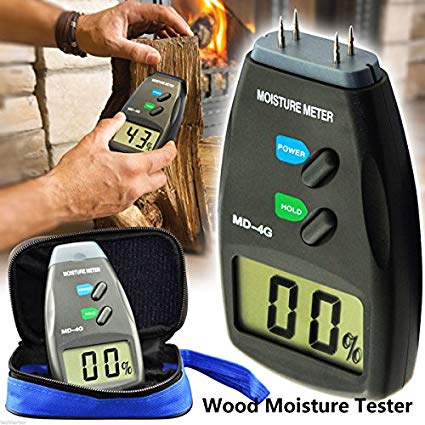By Alan Chenkin, Owned a cabinet shop for 10 years, is an avid woodworker.
One of the “Greenest” things you can do is recycle fallen wood for furniture.
I would like to make a few points – First, fallen timber may not cut down to optimal sizes when you cut off insect damage and rot. This may mean additional glue joints and laying up small pieces to make larger panels. You also have to anticipate that the boards may have insect damage and spot damage that may need to be cut out or otherwise “worked around”.
If you mill the wood yourself, you need a chainsaw and a mill, like this:

Portable Sawmill Aluminum Steel Chainsaw Mill for Builders and Woodworkers (14″ to 36″) Husqvarna 445E 18″ 45.7cc 967651004 Gas-Powered Chain Saw
Elm burl, a diseased wood, found in swampy areas, is also highly prized for its figure, and is excellent for furniture and veneer work.
The wood may not require any special treatment, except for conventional staining and finishing. I would suggest you make sure you don’t disturb any bees living in or around the log (surprises like that make for good stories, but be careful)!
Cabinet grade lumber is usually dried to a 6% moisture content. To ensure that is is dry enough to finish, you will need to use a moisture meter:
dead standing vs live wood – Woodworking Talk Discussion Thread
Tips for drying harvested woods: Dead trees, Storms, etc. – Lumberjocks Discussion Thread (Note: This is the link for the Cedarcide insect treatment mentioned in the Lumberjocks discussion for insect treating fallen timber. It’s available by the gallon from Amazon).
Always check the local laws to make sure you can legally harvest any dead fall lumber without risking a fine (if you found it in a state of local park, as an example). Some parks have restrictions on what timbers can be taken.
I hope I have added some good insight and you have the opportunity to build some great furniture!


